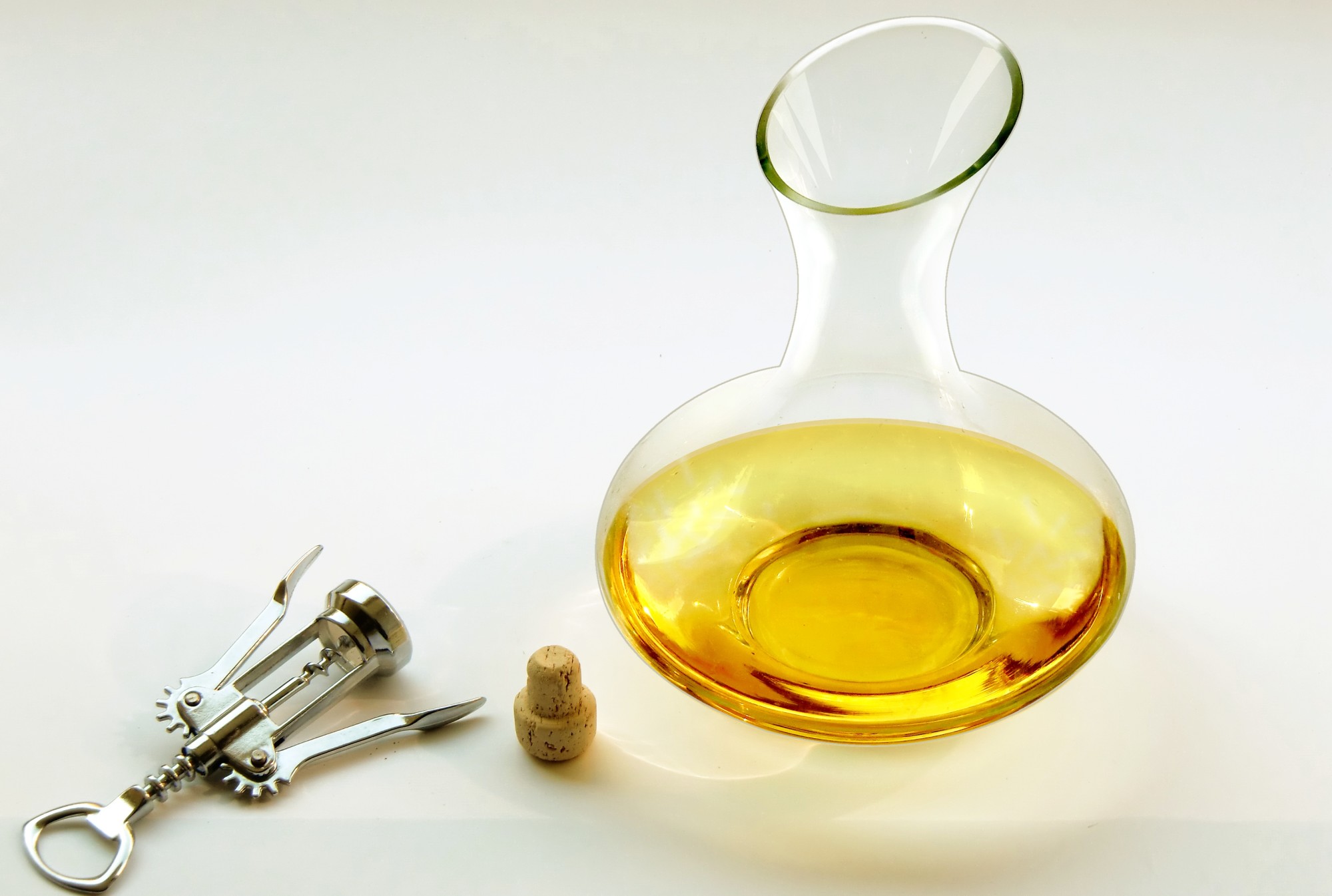
How to Decant Wine Like a Pro: 7 Tips to Keep In Mind
If you want to impress your friends and family, or want to show off your expertise in the wine world, then you need to know how to decant wine.
Keyword(s): how to decant wine
Uncorking a 2014 Heitz Cellar Cabernet Sauvignon or a 2018 Robert Weil Reisling is one way to elevate a dinner party with friends. However, if you want to go that extra mile in terms of knowing wine, you need to know about decanting.
Decanting is the best way to ensure your bottle of wine tastes at its optimal level of flavor. In this article, we will give you 7 pro tips on how to decant wine in your own home.
High quality and decadent wines deserve to be treated correctly; this guide will ensure that you know exactly how to do so.
1. Store Your Wine Correctly
Before you even begin to think about decanting your wine, proper storage of your bottles is paramount. This is to prevent any undesirable hot or cool temperatures interfering with the quality of your wine.
The best way to do this is to invest in a cooling system for your wine cellar. This is to ensure that your bottles are stored at the optimum temperature of between 50-65 degrees Fahrenheit.
If you don't have a cellar, you can always have a wine cabinet installed that keeps the wine at the same temperature and can hold between 14-1200 bottles of wine. These can also be a great way of displaying your wine bottles and add a stylish flair to your kitchen or wherever you chose to keep it.
2. Set Your Bottle Upright 24 Hours In Advance
If you have already chosen the wine, you will be opening it. If it's in a rack formation, you will need to stand it up horizontally for up to 24 hours before opening it. This is so any sediment that has gathered in the bottle can slip down to the bottom.
This makes pouring and decanting the wine a lot easier and will also mean the sediment will be removed from most of the wine liquid. This ensures a better finish of the wine and for it to be cleaner and taste better.
3. Select a Decanter for the Wine
Any top-class sommelier will recommend that you need to use a proper decanter to decant your wine into. Decanters help with aerating the wine, which in turn enhances the wine's aromas and taste. This is done by allowing the wine to react with the oxygen when poured into the decanter, providing a softer and cleaner taste.
Decanting is especially necessary when dealing with red wines that have been left to age from anywhere between 5-10 years or more. The aging process will allow sediment to develop in the bottle, leaving a gritty finish and often a bitter flavor in the mouth.
Proper decantation and removal of any build up in aged wine are essential in ensuring that you are left with high quality and luxurious tasting wine at the end.
4. Removing the Capsule and Cork
When removing the capsule and cork ready to pour into your decanter, you want to make sure that you don't have any of the cork come off and fleck into the wine. This can be an issue if the wine is particularly aged and the cork has aged also.
You mustn't be shy when it comes to thrusting the corkscrew into the cork. If you don't screw it in deep enough, there is a change that the cork could snap in half.
Once you have the corkscrew firmly implanting in the cork, twist upwards and gently wiggle the cork if it is partially stubborn or doesn't want to come out.
5. Decant Your Wine Slowly
Once you have removed the cork and wiped down the bottle, it's time to pour it into the decanter. This needs to be done very carefully and slowly. It allows the oxygen to react with the wine and prevents the sediment from being disturbed at the bottom.
6. Identify Where the Sediment Is
Inspect your wine bottle carefully and work out where the sediment has begun to settle in the bottle. Sediment isn't always the easiest to spot. If you need to, you can always shine a light or torch on the bottle to make it better to identify and see.
Once your bottle starts to run a cloudy color or you can see specks of dust or sediment, it's time to stop pouring. This is usually a couple of sips at the end of the bottle. This bit of wine can be discarded and not added to the decanted bottle of wine.
7. How Long Before You Can Drink the Wine?
This is a hotly contested topic between master sommeliers; however, the general rule is that wines aged for 15 or so years don't need as much time decanted as younger or full-bodied wines.
Older or more delicate wines need approximately 30 minutes of decanting time, whereas younger and stronger wine benefit from an hour or even longer.
If you're concerned about how long to decant your chosen wine, why not ask a local wine merchant in your area what they would recommend.
How to Decant Wine: Where Do I Find Out More?
We hope this article on the 7 top tips on how to decant wine like a pro has given you all the information you need about caring for your wine.
Proper storage spaces that can store your wine at the correct temperature can ensure that your wine is always tasting its best. The same goes for making sure you have the correct vessels to decant your wine and give it enough time to breathe.
If you're interested in any of our products or would like to speak to someone about the decanting process, contact us directly!
